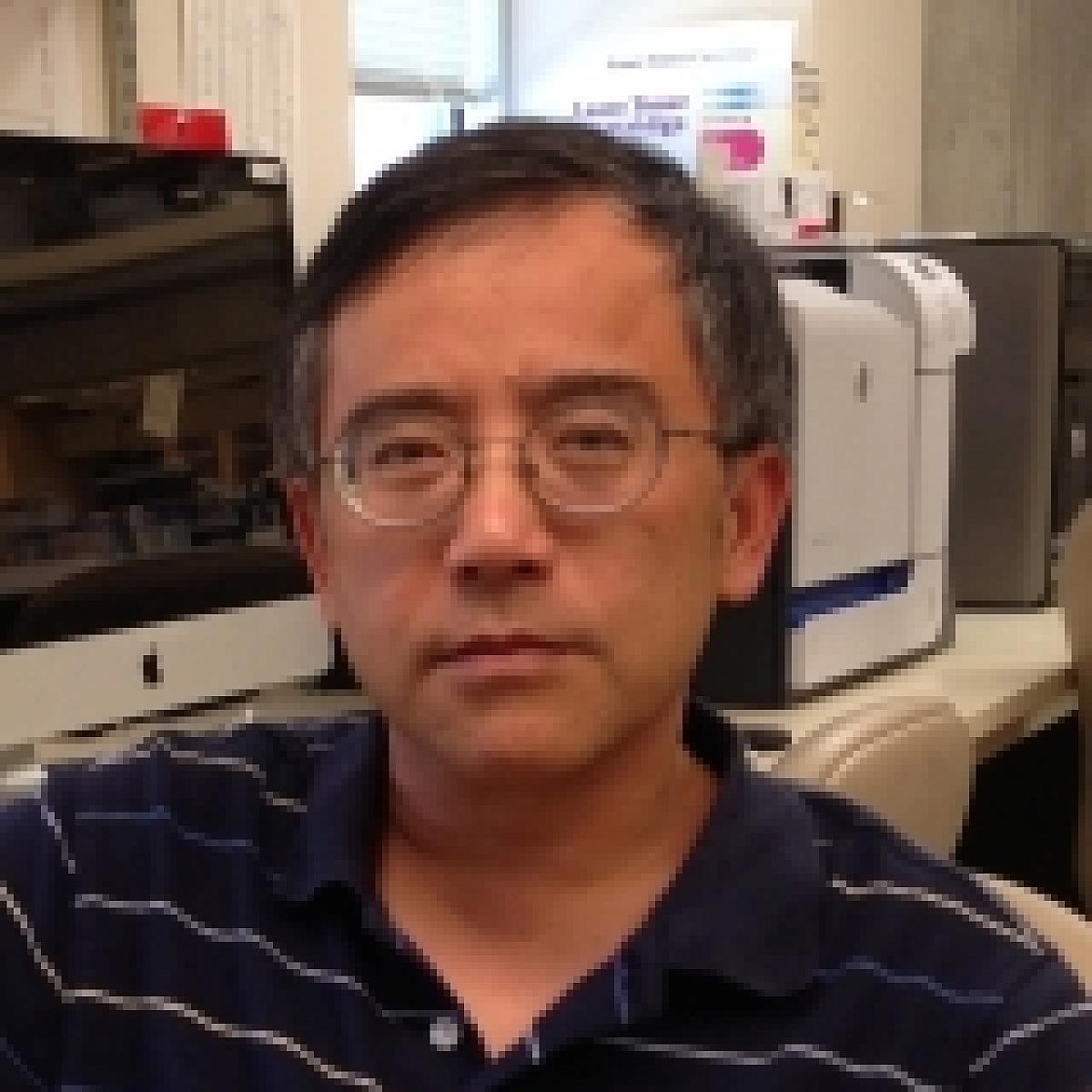Antigen Processing & Presentation
A major focus of the lab is directed towards investigating the MHC class II antigen presentation pathway, which is required for antigen recognition by CD4+ T lymphocytes. Peptide binding by class II histocompatibility CD4+ proteins is a critical event in shaping the T cell repertoire and the generation of both adaptive immunity and immunological tolerance. The class II peptide-loading pathway is highly regulated. HLA-DM plays a key role in the MHC class II presentation pathway: catalyzing peptide loading, editing the repertoire of peptides displayed to CD4+ T cells, and acting as a chaperone for empty class II molecules. However, the biochemical mechanisms underlying these functions are poorly understood. Experiments are being done to further investigate the structural basis for DM function and to test the hypothesis that DM is subject to allosteric regulation.
HLA-DO
HLA-DO is a highly conserved negative regulator of DM function, buts its biological role remains quite mysterious. Biochemistry and mouse models are being used to investigate the function of HLA-DO. Our working hypothesis is that the primary function of HLA-DO is to broaden the array of self-peptides presented by tolerogenic APC, through attenuation of DM-mediated peptide editing. Additional work is being done to identify other co-factors involved in antigen processing and presentation and factors that regulate subcellular localization and interaction of components of this pathway.
³Non-Classical² Class I MHC (Class Ib) Molecules
This lab is also studying the function of so-called ³non-classical² class I MHC (class Ib) molecules in the immune system. A major focus in this area is on the structure and function of murine Qa-1 and its human counterpart, HLA-E. These molecules can present antigen to a subset of unconventional CD8+ T cells that may have specialized regulatory function. A T cell receptor (TCR) transgenic mouse model was developed to investigate thymic selection and the in vivo function of T cells with this specificity.
Qa-1 and HLA-E have nearly identical peptide binding specificity and they prefer to bind a group of closely related peptides derived from the leader peptides of classical class I molecules. These molecules regulate innate and adaptive immune response by interacting with CD94/NKG2 receptors on NK cells, NK-T, and CD8+ T cells, as well as through antigen presentation to CD8+ T cells. Site-specific mutagenesis and other approaches are underway to investigate the structural basis of the function of Qa-1 and HLA-E. In addition, we have obtained evidence that class Ib-restricted CD8+ T cells can protective immunity in viral infection. Experiments are being done making use of mice that lack all classical MHC molecules to study the magnitude, phenotype, TCR repertoire, and function of polyclonal T cells specific for nonclassical class I molecules.
Currently we are working on two newly identified genes:
Th-POK (T-helper-inducing POZ/Kruppel factor): T lymphocytes, further divided into two major subpopulations, CD4 helper and CD8 cytotoxic T cells, play a crucial role in control microbial infections and cancer development. Th-POK is a transcriptional factor, which we cloned from HD (CD4 helper deficiency) mutant mouse line. Th-POK functions as a master gene in determining the CD4 vs. CD8 T cell lineage choice. A point mutation in Th-POK gene results in all mature T cells becoming CD8 cells, while over-expression of this factor leads totally lack of CD8 T cells. We are looking for the up-stream regulator(s) and down-stream target(s) of Th-POK. In addition, aberrant expression of Th-POK causes lymphoma. We are studying the underlying mechanisms towards tumor genesis.
CIIEM (MHC Class II Expression Modifier): Antigen presenting cells (APC) capture, process, and present non-self antigens (from microorganisms or tumor cells) to T lymphocytes to initiate a specific immune response. MHC Class II proteins are expressed on cell surface of the professional APC (B cells, dendritic cells, and macrophages). Human T cells also express MHC Class II products and present antigens. In many cases, T cells can present self-antigens and are implicated in autoimmune diseases. Using bioinformatics, a putative novel gene CIIEM, was identified. We hypothesize that CIIEM can inhibit the expression of MHC Class II genes in mouse T cells. Cloning the full length of CIIEM cDNA and investigating its biological function are in progress.
Lab Members
Peter E. Jensen, MD
Chair, Department of Pathology
Dr. Jensen is Chairman of the Department of Pathology in the School of Medicine and Chairman of the Board of Directors, ARUP Laboratories, University of Utah’s national diagnostic reference laboratory. He received his M.D. from Vanderbilt University, followed by residency training in Anatomic Pathology and research training in immunology at Washing... Read More
Research Interests: Immunology
Specialties: Pathology
Residency: Barnes-Jewish Hospital
Medical School: Vanderbilt University

Xiao He, MD, PhD
Research Interests: Gene Expression, Immunology
Medical School: Chongqing Medical College School of Medicine
